LHDA officially launches tunnel boring machine

SHARE THIS PAGE!
The Katse tunnel boring machine (TBM) commenced its groundbreaking journey this week, marking a pivotal moment in the Lesotho Highlands Water Project’s Phase II by beginning its excavation works.
The launch ceremony, held on Wednesday at Ha Bereng, Leribe, was graced by the minister of local government, chieftainship, home affairs and police Lebona Lephema on behalf of the prime minister alongside dignitaries including the High Commissioner of South Africa to Lesotho and the Ambassador of China to Lesotho.
This event marked the first time in over two decades that a TBM has been utilised for tunnelling in the highlands of Lesotho, signalling a new chapter in the country’s infrastructure development.
The TBM, named ‘Khoiti ea Ngoaha-Kholo 2’, was christened by Prime Minister Sam Matekane following a national naming competition. The name reflects the cultural heritage of the Basotho people and was selected through a public voting process, showcasing the community’s engagement in the project.
The TBM is designed to excavate the 38-kilometre Polihali Transfer Tunnel, which will facilitate the transfer of water from the Polihali reservoir to the Katse reservoir, ultimately supporting South Africa’s growing water needs.
Speaking at the event, Lephema emphasized the importance of the LHWP in enhancing the livelihoods of citizens in both Lesotho and South Africa.
He noted that “at the heart of the project is the improvement of the livelihoods of our citizens”, highlighting the need for compassion and respect for those directly impacted by the project.
Lephema underscored the commitment to ensuring that the benefits of the project extend beyond mere infrastructure development to include social and economic upliftment for affected communities.
The ‘Khoiti ea ‘Ngoaha Kholo 2’ TBM is expected to excavate approximately 20 metres underground per day, installing concrete segments as it progresses. The second TBM, which will operate from the Polihali side, is anticipated to arrive on-site in mid-2025. Both machines were manufactured by CCCC Tianhe of China and designed by Robbins, a renowned U.S.-based tunnelling technology firm, specifically for this ambitious project.
The Polihali Transfer Tunnel is a critical component of Phase II of the LHWP, which aims to facilitate the gravity transfer of 1,270 cubic metres of water to meet the increasing demands of South Africa’s Gauteng region. The project also encompasses various construction elements, including intake and outlet works at the reservoirs, access adits, and associated infrastructure.
Significant progress has already been made in the project, with milestones achieved in 2024, including the successful breakthrough of the upper intake tunnel into the lower intake tunnel and the commencement of the Polihali gate shaft excavation using the raise boring method.
The LHDA Chief Executive, Tente Tente, expressed pride in the commitment of the teams working on the project, noting that it has created over 11,000 jobs and injected more than M366 million into small and medium-sized Basotho businesses.
The LHWP has been a collaborative effort between Lesotho and South Africa since the signing of the treaty in 1986, aimed at enhancing economic development through sustainable water resource management. The project seeks to provide water and also to generate hydropower for local use, reducing Lesotho’s dependency on energy imports and fostering national economic advancement.
As the TBM embarks on its journey, the commitment to environmental sustainability and community engagement remains paramount. The LHDA says it continues to prioritise the implementation of livelihoods and environmental programmes to ensure that the project benefits all stakeholders involved.
The launch of the Katse TBM marks a significant step forward in the Lesotho Highlands Water Project, promising to transform the landscape of water resource management and economic development in the region. With the collaborative efforts of both nations, the project stands as a testament to the power of unity and shared vision for a prosperous future.

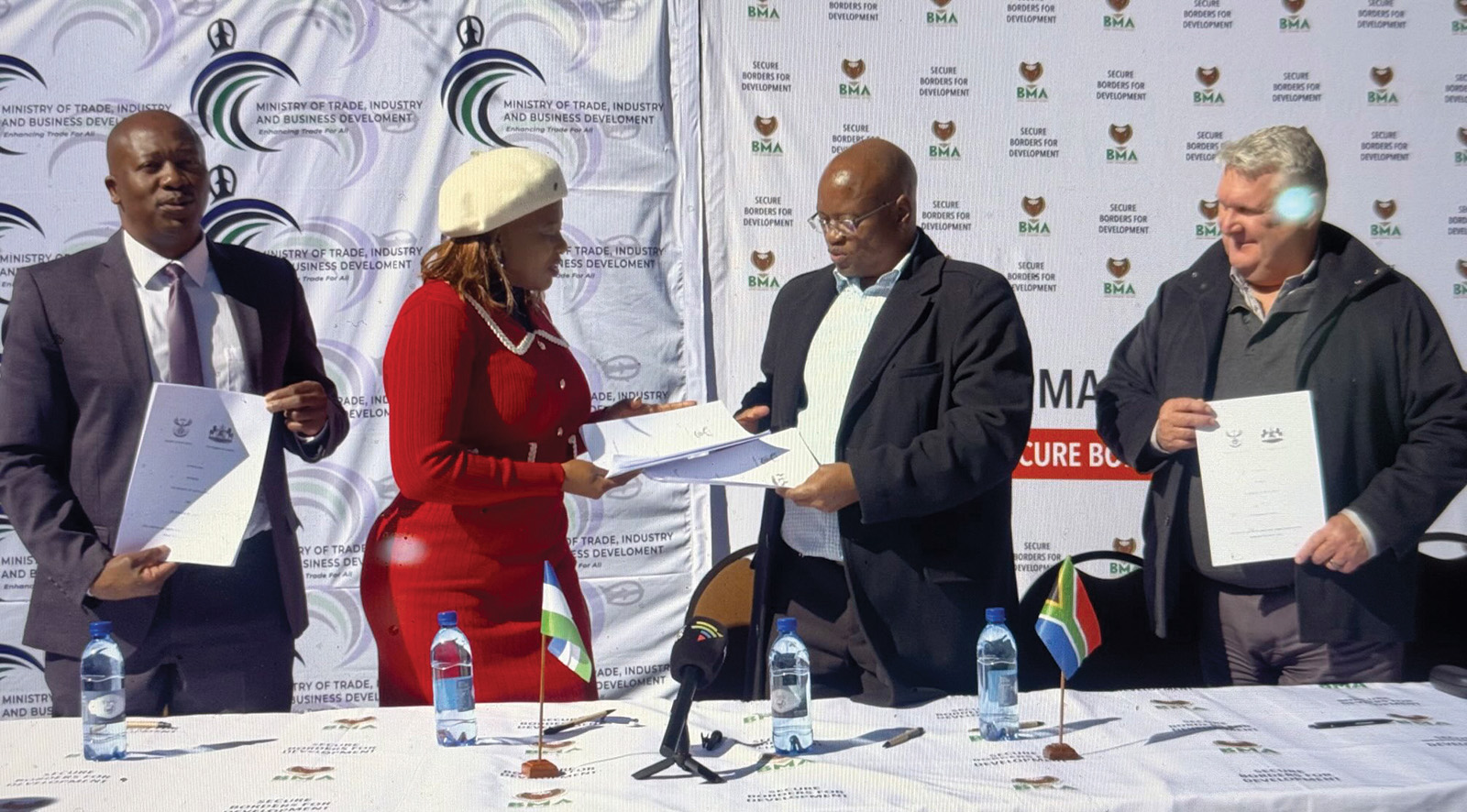
New border plan to advance regional trade
10 days ago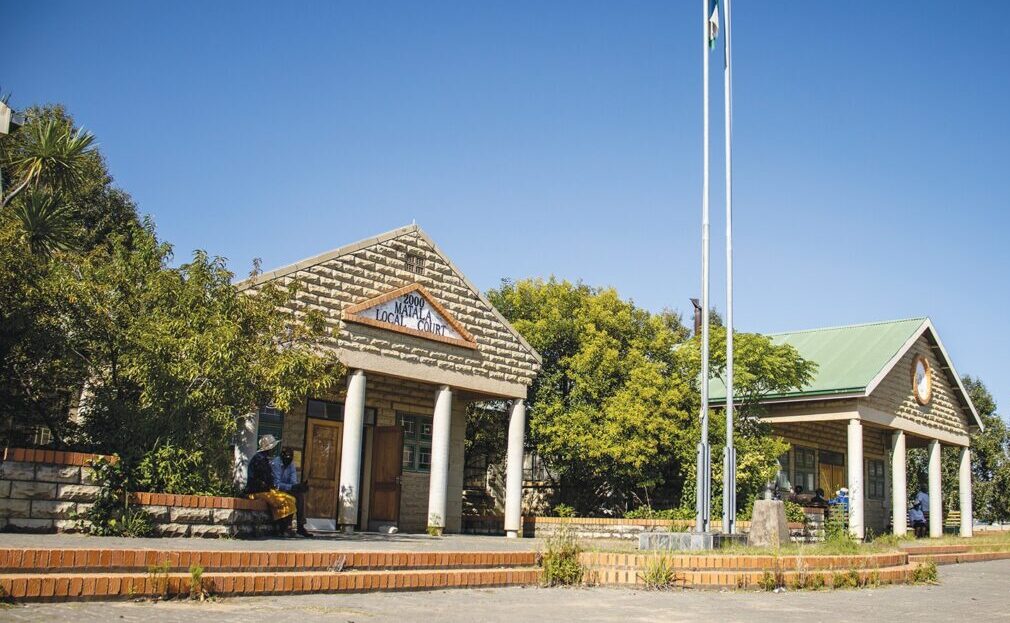
Foul language lands man in court
10 days ago
Youth demand action on unemployment
10 days ago
Ex-ministers threaten to sue govt
10 days ago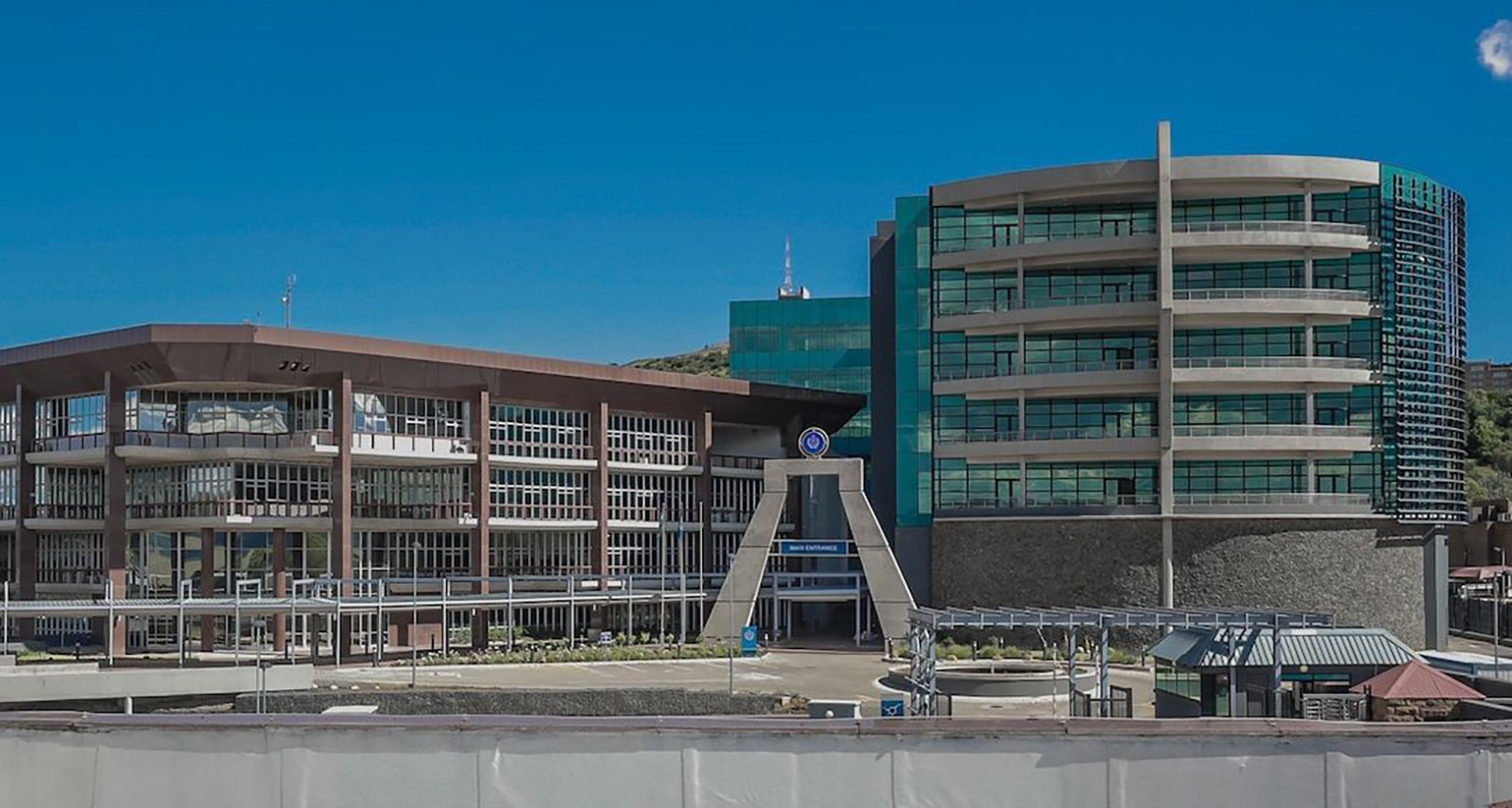
CBL launches LERIMA awareness campaign
11 days ago

Youth unemployment declared a state of emergency
12 days ago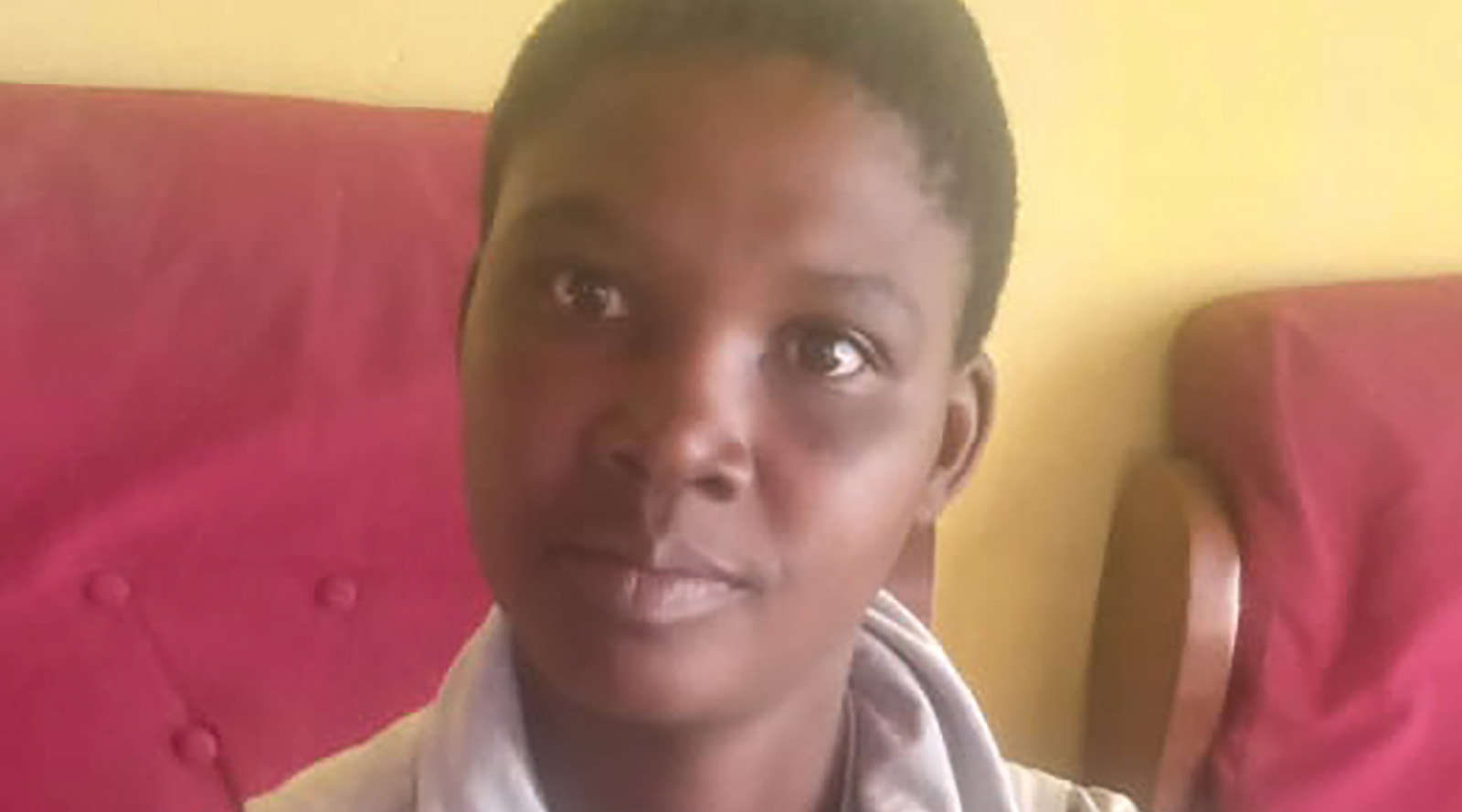
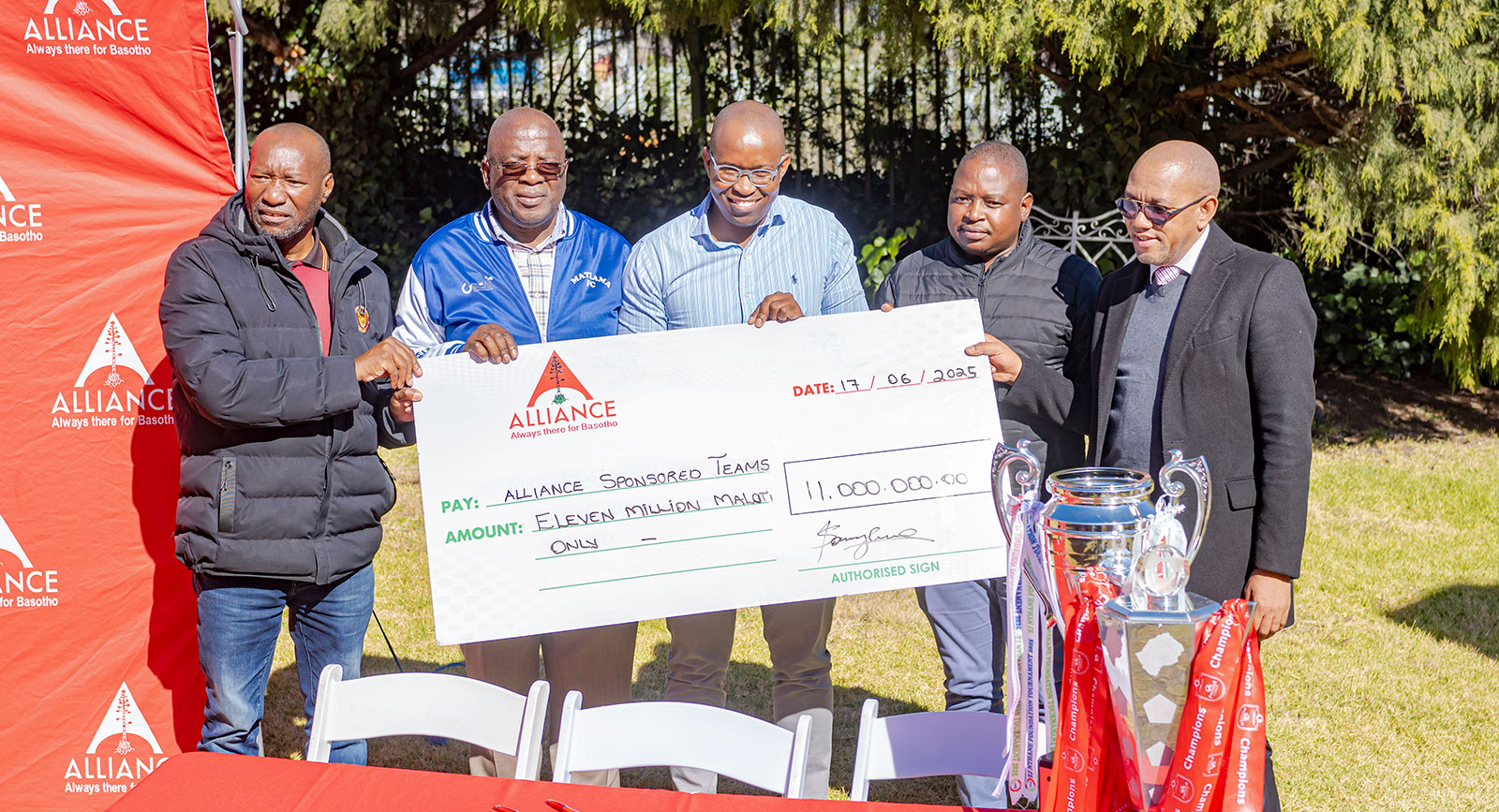
Alliance extends deal with premier league teams
13 days ago